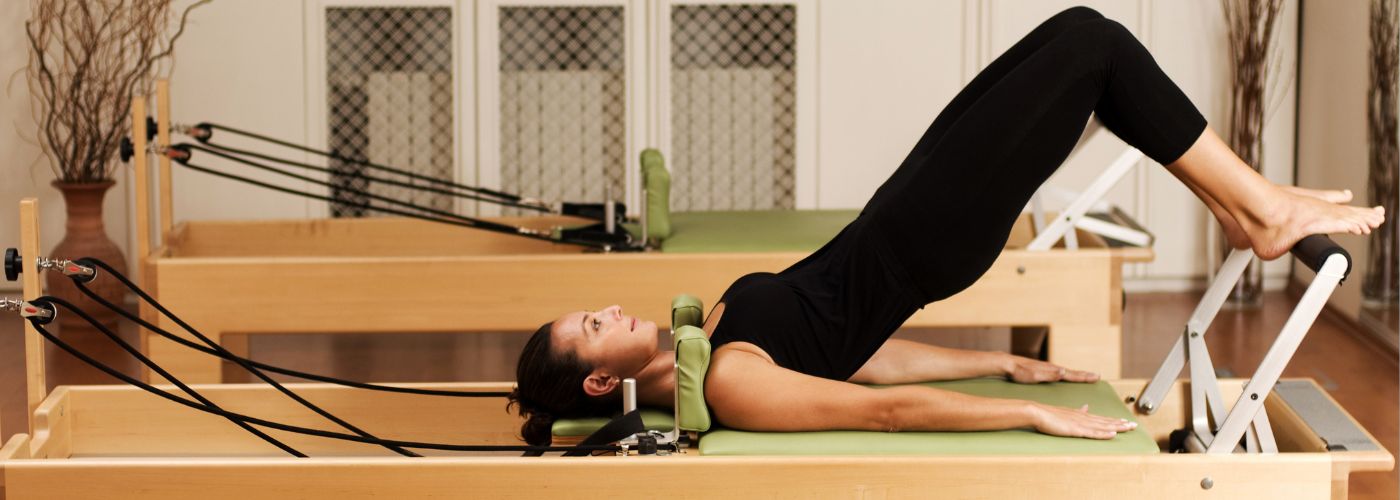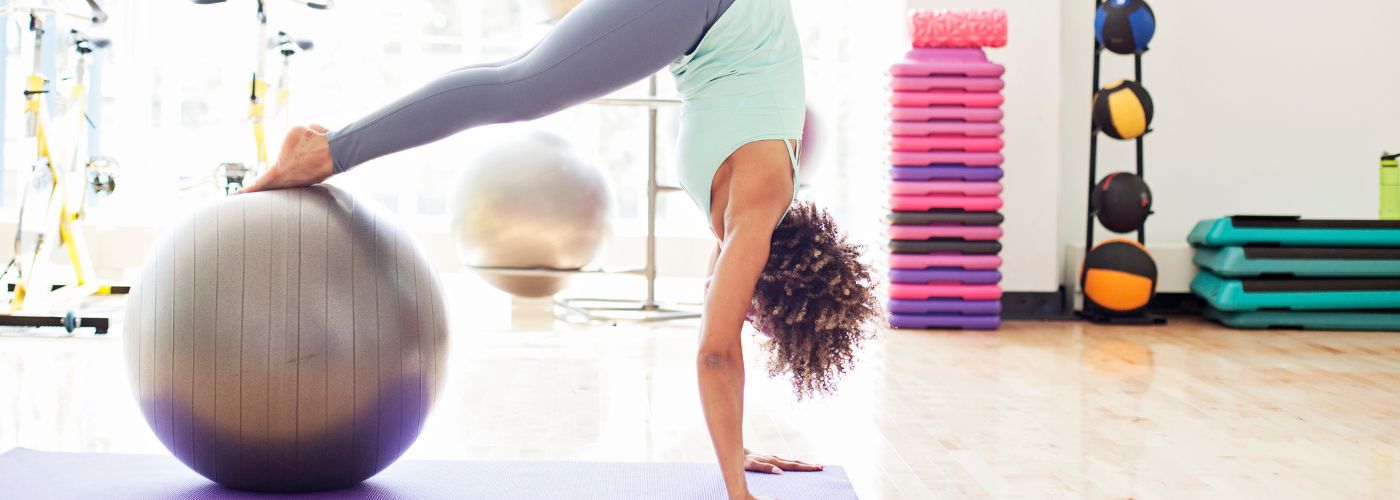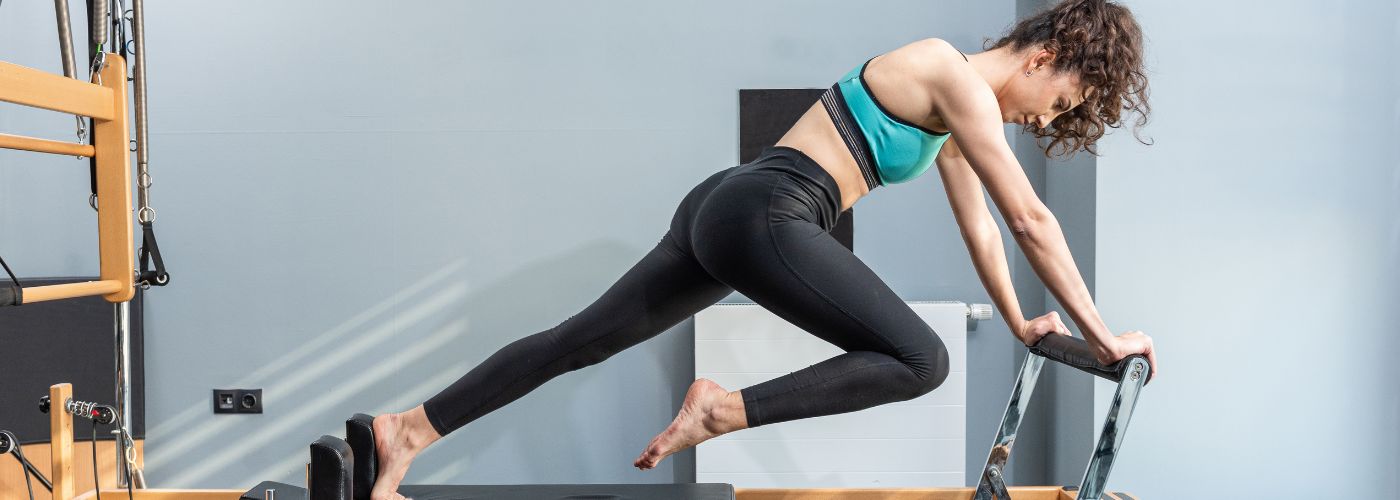Pilates is a popular physical fitness routine that has gained popularity over the years due to its numerous benefits. In addition to its physical benefits, Pilates has been shown to have significant mental health benefits as well. In this article, we will explore some of the key ways in which Pilates can benefit both the mind and body.
What Is Pilates? Is Pilates Hard?

Pilates is a form of exercise that focuses on the core muscles in your body. It was created by Joseph and Clara Pilates in the early 20th century and has since become popular all over the world. The practice involves controlled movements that target specific muscle groups, with an emphasis on the abdomen, buttocks, and lower back.
The Pilates method is based on six principles: concentration, control, centering, fluidity, precision, and breathing. These principles work together to help practitioners improve their posture, balance, flexibility and strength.
Unlike other forms of exercise that may focus on a single muscle group or rely heavily on cardiovascular activity to burn calories and build strength, Pilates works to develop lean muscles without bulking up.
For some people, Pilates might seem easy at first glance. The slow and controlled movements may not feel like much of a workout compared to high-intensity activities like running or weightlifting.
However, Pilates can be challenging in its own way. Executing every movement requires focus and precision, which can be mentally demanding. Additionally, many Pilates exercises target small muscle groups that are often neglected in other forms of exercise, making them challenging to work out.
How Often Should I Do Pilates?
Generally speaking, practicing Pilates at least 3-4 times per week is recommended for optimal results. This frequency allows your body to adapt and improve gradually over time. However, the frequency also depends on individual goals and fitness levels.
For those new to Pilates or with a busy schedule, starting twice a week can be a good start. As you become more comfortable with the exercises and your body adapts to the routine, you can increase the frequency gradually.
Be mindful of your body’s recovery as well. Since pilates is a demanding exercise, you’ll feel the aches, pains, and soreness related to any physical activity. It is never a good idea to ignore your body’s recovery.
One way to potentially increase the recovery process is the use of TENS/EMS therapy. TENS stands for Transcutaneous Electrical Nerve Stimulation, while EMS means Electrical Muscle Stimulation. The combination of these two technologies may help increase blood flow, reduce inflammation, and promote healing.
TENS is a method that uses a low-voltage electrical current to stimulate the nerves. It blocks pain signals by stimulating the body’s endorphins, which are natural painkillers.
This therapy may provide immediate relief from acute and chronic pain without using drugs or surgery. On the other hand, EMS targets muscles directly by inducing small electrical impulses that mimic natural muscle contractions. This process may strengthen weak muscles and improves their function.
By contracting muscles, it allows for new blood flow to bring much-needed nutrients to affected areas.
What Are Good Pilates Exercises?

One of the most popular Pilates exercises is the Hundred. This exercise involves lying down on your back with your knees bent and feet flat on the floor.
You then lift your head and shoulders off the ground while simultaneously lifting your arms upwards off the floor and pulsing them up and down for 100 beats. The Hundred helps build core strength, improves circulation, and boosts endurance.
Another good Pilates exercise is the plank. This exercise involves holding your body in a straight line from head to heels while supporting your weight on your forearms and toes. The plank helps to strengthen the core muscles and improve overall stability.
To perform a basic plank, start by getting into a push-up position with your arms straightened and hands shoulder-width apart on the floor. Your body should form a straight line from head to toe.
Engage your core muscles by drawing your navel toward your spine and squeezing your glutes together. Hold this position for as long as possible without letting your hips sag or arching your back.
Beginners may start with just 10-20 seconds at first before gradually increasing their hold time over several weeks.
Will Pilates Help You Lose Weight?
Although it is primarily known for its toning and strengthening benefits, many people wonder if Pilates can help them lose weight.
The answer to this question isn’t straightforward. While Pilates may not be the most effective way to shed pounds quickly, it does offer several weight loss benefits.
One of the main ways Pilates can contribute to weight loss is by increasing muscle strength and tone. As you build lean muscle mass through Pilates exercises, your body naturally burns more calories even when at rest.
Additionally, Pilates promotes better posture and alignment, which helps improve your overall health and well-being. This improved physical state makes it easier for you to engage in other forms of exercise or daily activities that require physical exertion, which ultimately contributes positively towards your weight loss goals.

Related Stories
Summer Olympics Legacy: From Past to Paris 2024
The 2024 Summer Olympics in Paris are set to be an amazing celebration of tradition,
Jul
Top Device For Neck & Back Massages
Are you tired of constantly battling neck and back pain after a long day at
Jul
Best Low Impact Workouts For Back Pain
Are you tired of dealing with back pain that seems to flare up every time
Jul
How To Use TENS Socks For Peripheral Neuropathy
Imagine being able to treat the tingling, numbness, and pain associated with peripheral neuropathy without
Jul
Maintenance Tips For TENS Unit Gel Pads
As you settle in for a soothing session with your TENS unit, the last thing
Jul
Tech-Powered Holistic Therapy with HiDow
July is Holistic Therapy Month, a time to celebrate practices that nurture the mind, body,
Jun